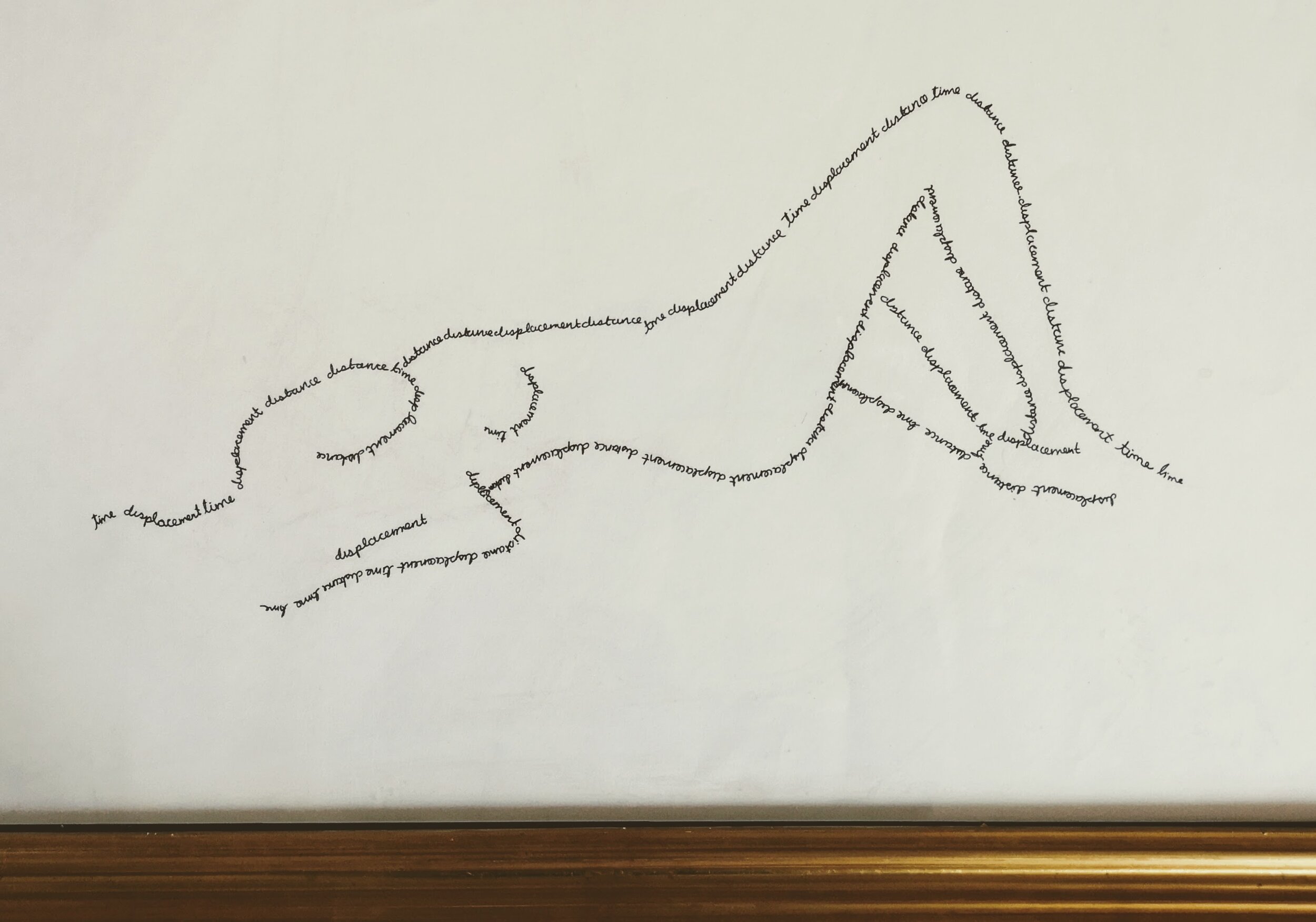Distance, displacement, time
The Art of Distance, Displacement and Time, Diana Garduno, ISP 2015
My first year in Paris I was teaching IB (International Baccalaureate) Physics. It was steps away from the Eiffel Tower, and the way things worked out, I met my class 8 months before they were to write their final exams, based on a 2 year program. The 3 exams would count for 80% of their grade, determine University acceptances, scholarships; no pressure for them or me! New to Paris, new to 14 metro lines, new to dinners after 19:30, new to … too much to count. I needed an anchor for my teaching as I was also new to teaching Math - grade 9, grade 10, grade 11 IB Math Studies. I focused on precision. Precision was a skill I had honed during my Engineering Studies, (thank-you Professor Slawson - who taught us to understand and model the reality before throwing numbers into an equation and hoping for the best), does this strategy ring a bell? My engineering work, teaching and photography have been well served by heeding his advice. I have a feeling it led to my motto of #slow down and raise the bar.
Back to Paris 2014, teaching physics that year became an ebb and flow of alternating between identifying the important parts of a topic and making connections to other units, other subjects and the real world. Then, zooming back in as if using a microscope to focus on the nuances, hidden in the details which would at first be tedious, but eventually would help the magical “click” of understanding and ultimately accelerate learning. For example, by drilling the differences between the precise meaning of the terms distance versus displacement , the foundations were laid for reviewing tremendous amounts of material quickly as time seemed to fly towards “the exams”. (For the non-physics types, your car odometer measures distance, the numbers increase with each turn of the tires. Displacement, however, measures a straight line between where you started and where you finished. Hence, every time you come home, your displacement is zero!) Trust me, this concept is useful in my world - and it cannot be understood without embracing the Greek symbol [delta Δ] - which means change. It is found in so many concepts - change of energy, change of temperature, change of velocity. The best part, if you learned how to subtract integers [(+4) - (+2)] and know how to use a numberline - you actually already have the tools to take the next (crucial) step ! By looking at the details of this concept taught before lycée, and understanding its notation, all the seemingly difficult concepts - change of energy, change of velocity will reveal themselves to be another example of a simple pattern! By making the connections between Math and Science and various grade levels it is so much easier to - #slow down, raise the bar.
Many of my students were also in the IB Art Class. So very talented. I was honoured to attend their Vernissage (Art Show) in The Marais district of Paris in March of 2015. I was touched beyond words as I was later given one of the entries as a gift from Diana Garduno, ISP 2015. Titled: Distance, Displacement, Time.
And again, Art is Science and Science is Art.
